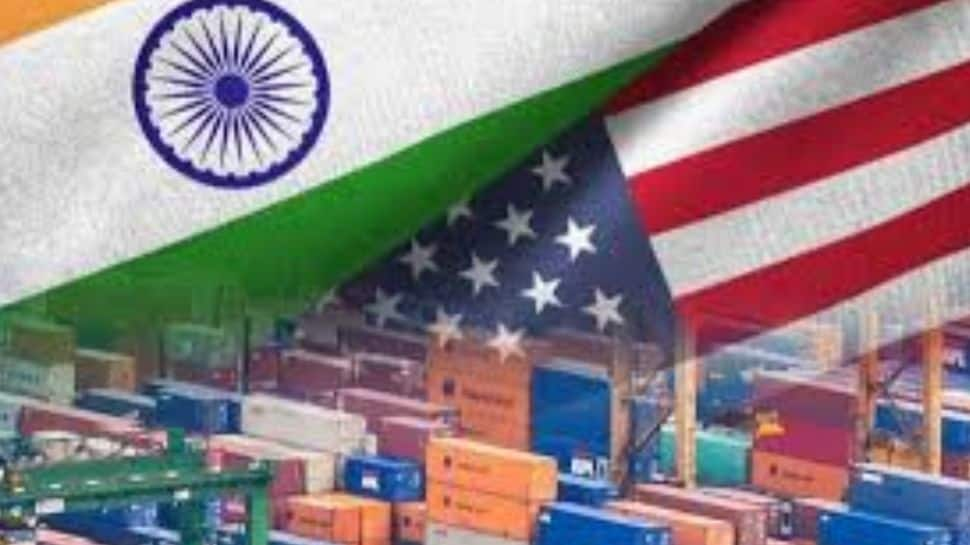Key Takeaways
- First phase of US-India trade deal focused on reciprocal tariffs is “near closure”
- Agreement aims to boost bilateral trade from $191 billion to $500 billion by 2030
- Negotiations continue despite recent US tariff hikes on Indian goods
- India maintains reservations about opening agricultural and dairy sectors
The initial phase of the US-India Bilateral Trade Agreement, concentrating on reciprocal tariff resolution, is approaching finalization according to Commerce Secretary Rajesh Agrawal. Speaking during October trade data release, Agrawal confirmed ongoing virtual discussions between the two nations.
Two-Component Agreement Structure
The comprehensive trade pact consists of two distinct components. The first tranche specifically addresses tariff-related matters, while the second involves more complex negotiations requiring additional time.
“The part relating to reciprocal tariffs should happen sooner rather than later,” Agrawal stated, though he emphasized that setting concrete deadlines remains challenging.
Ambitious Trade Growth Targets
Formally proposed in February following directives from both countries’ leadership, the BTA targets dramatic trade expansion. The agreement aims to more than double bilateral trade from the current $191 billion to $500 billion by 2030.
Initial talks were announced during Prime Minister Narendra Modi’s Washington visit earlier this year.
Negotiations Amid Tariff Escalations
Recent months have seen continued dialogue despite US tariff increases. President Donald Trump imposed 25% tariffs on Indian goods starting August 1, with additional hikes following days later.
The US cited India’s ongoing Russian oil purchases as justification, implementing reciprocal tariffs against multiple trade deficit partners.
Progress and Sector Sensitivities
Government officials recently confirmed substantial progress, describing the potential pact as “highly detailed and fully aligned with WTO norms.” Negotiations reportedly account for key sector sensitivities, potentially eliminating the need for additional discussion rounds.
Simultaneously, a long-considered India-US LPG supply arrangement advances separately from trade talks.
Balancing Act and Sensitive Sectors
Commerce Secretary Agrawal clarified that prospective LPG purchases serve overall trade balance maintenance rather than constituting a negotiation component.
While both nations explored interim arrangements, India maintains reservations regarding US proposals for greater agricultural and dairy market access. These sectors remain particularly sensitive due to their substantial employment impact affecting millions of livelihoods.




